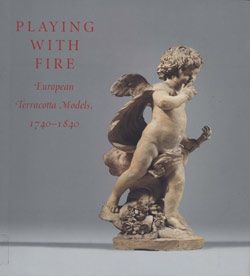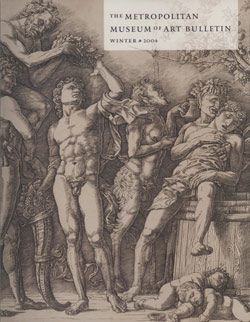Orpheus and Eurydice
Agostino Carracci Italian
Not on view
Unable to keep his promise not to look back until they reached the light of day, Orpheus lost Eurydice a second time. Agostino depicts the dramatic moment when Orpheus, throwing aside his instrument, tries to pull his love free of the flames of Hades. Ovid describes Orpheus vainly reaching out for her, grasping nothing but empty air (Metamorphoses 10.58–59), and Virgil, in the Georgics (4.498), writes of Eurydice stretching 'strengthless hands' toward Orpheus. Close examination reveals that the two figures do not quite touch each other—this elusive grasp adds erotic tension as well as pathos to the subject.
Although this is a legitimate mythological subject, with considerable narrative interest, it is generally thought to belong to the set of fifteen small engravings characterized by suggestive subjects—ranging from groupings of attractive nudes to genuinely lewd depictions—and known as the Lascivie. This series of engravings, of Agostino's own invention, were carried out in a different technique from his reproductive prints, and instead resemble quickly executed pen sketches. Eight copies after of the Orpheus and Eurydice are known, suggesting that this was the most popular of the Lascivie series.
Due to rights restrictions, this image cannot be enlarged, viewed at full screen, or downloaded.




